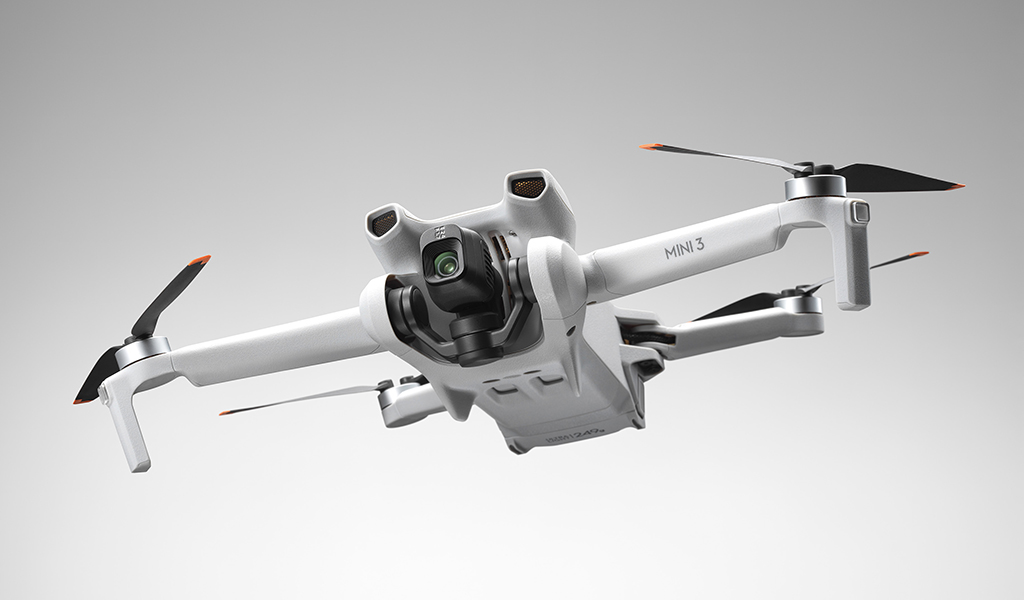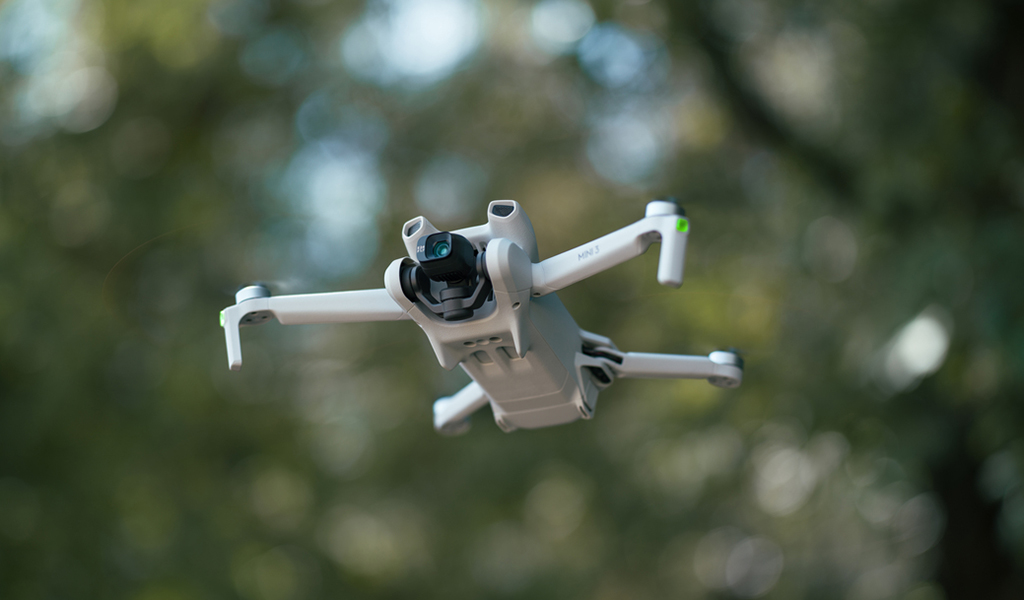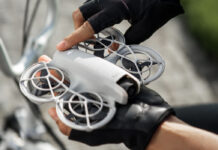
DJI announced a new iteration of one of its smallest drones in the Mini 3, small enough to fit in your pocket and easier to fly. Its lighter weight also abides by most drone regulations in Canada, freeing it to fly in more places and a variety of spaces.
Unlike DJI’s other drones, the Mini 3 is mainly about delivering performance in a more compact package. It lacks some of the latest sophisticated features because of its size, but packs a fair bit in its smaller frame anyway. Ideal for entry-level and casual pilots, it could be an intriguing option if you want to take your photography or videography to another level.

What you get with the DJI Mini 3
The Mini 3 comes equipped with a 48-megapixel camera and wide f/1.7 aperture capable of capturing 4K video at 30fps. It can’t do 60fps, if you prefer a faster frame rate, but for cinematography purposes, you could make good use of 30fps. The wider aperture should improve footage and still images in low-light conditions, and if you want, you can shoot at an ultra-wide 180-degree field-of-view.
It can fly up to 10 kilometres away, so long as you’re doing so within unrestricted airspace and within reasonable line of sight. DJI’s own Quickshots shooting modes apply, like Dronie, Circle, Helix, Rocket and Boomerang for automated paths to capture images with cinematic flair. Great tools if you want to create content that looks professional without carrying heavy or lumbering gear to do it. Auto Takeoff and Return to Home also help keep things simple.
It can also do this in both landscape and portrait orientations—perfect if you’re thinking of sharing content on popular social media platforms. You can even record what the drone sees directly to your phone or tablet through the DJI Mimo app. The Mini 3 also has a slot for a memory card to save that way, too.
Max flight time is an impressive 38 minutes with the standard battery, though can go up to 51 minutes with the optional battery plus. DJI claims effective wind resistance to keep the drone steady in varying conditions, but like any drone, the more wind it has to contend with, the more the battery drops.

Additional details about the Mini 3
The drone weighs 249 grams, measuring only 14.25-inches at its widest point when folded out. Fold it in, and that width cuts down to less than four inches. Even the length is considerably less in its compact form.
It can work with DJI’s Remote Controller, or with additional accessories compatible with it. While very similar to the DJI Mini 3 Pro, it differs in a couple of key areas. One is that it can record video in 4K at 60fps without HDR enabled, and another is that it can fly up to 12 kilometres away. The biggest discrepancy, however, may be the lack of obstacle avoidance. The Mini 3 doesn’t have the same sensors to avoid obstacles the way the Pro version does, so something to keep in mind if you like the idea of shooting in denser areas.
The DJI Mini 3 will be available soon. Check out the latest drones available now.



